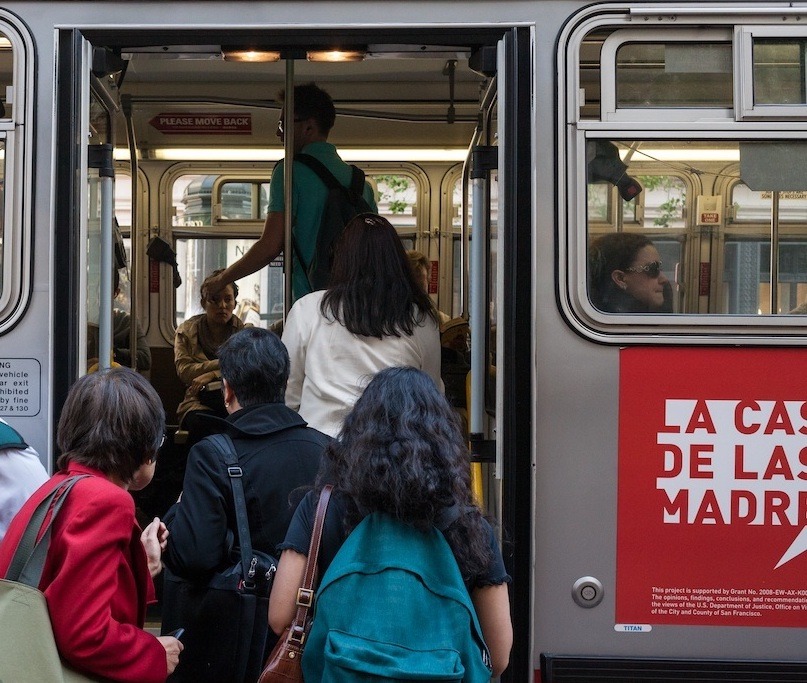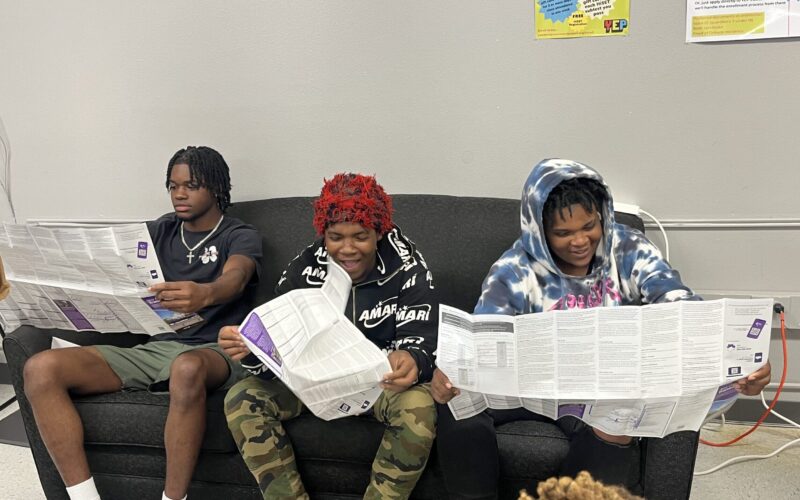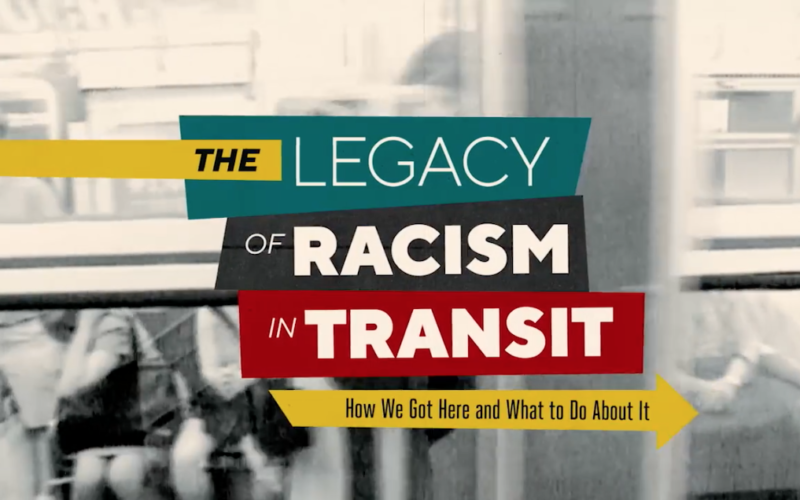
When transit agencies grapple with changes to fare prices, payment systems, and collection methods, they make decisions that affect affordability, convenience, and even travel time. Fare policy, in short, has huge implications for transit riders.
Because transit budgets are so precariously balanced, however, fare policy tends to be rushed or haphazard. Economic swings constantly threaten to tip agencies into the red and trigger a round of painful service cuts or fare hikes. Under these pressures, fare policy often lacks strategic direction.
Without high-level goals to direct fare policy, fare structures may become more confusing and economically regressive — at odds with transit’s mission to provide convenient, affordable service. Policies like transfer fees, distance-based fares, and inequitable pricing structures make paying for transit a bigger barrier than it should be.
While revenue generation and the capacity to provide service must factor into agency decisions about fare policy, revenue should not be the sole consideration. Fare policy should be shaped according to goals that prioritize the rider experience, accepting some risk to revenue generation. When agencies do try new approaches to fare policy that can benefit riders, fears of revenue loss often prove overblown.
TransitCenter’s latest research brief, “A Fare Framework,” profiles three agencies — San Francisco MTA, TriMet in Portland, and King County Metro in Seattle — that have established rider-friendly principles to guide fare policy. The paper also outlines recommendations related to broader trends within fare policy, like decriminalizing fare evasion and the adoption of mobile payment methods.
Good fare policy starts from the top. It’s important for agency leadership to define goals and values, and to guide staff to structure fares in a way that’s consistent with the agency’s overall mission. By clearly articulating goals for fare policy, agencies can also strengthen their case when they need to appeal to the public for revenue from sources beyond the farebox.
We’ve also got an explainer video that introduces these concepts in a breezy four minutes:
The fare reforms these agencies have adopted include:
Fare capping. TriMet in Portland is one of the few agencies in the U.S. to adopt fare capping. With fare capping, riders who pay per ride aren’t charged additional fares once they’ve spent the equivalent cost of an unlimited transit pass. This ensures that riders who can’t afford the upfront cost of a weekly or monthly pass no longer pay more than riders who can.
Simplified fare structures. Many American transit agencies are now working to reduce fare structure complexity, and make paying easier across agencies. In 2017, King County Metro eliminated the classification of fares by geography and time of day. The move to a flat $2.75 fare, regardless of distance or time of day, reduced barriers to riding transit.
Integration across agencies. In 2017, TriMet debuted the Hop Pass, a contactless card accepted by all service providers in the region – TriMet, C-Tran, and the Portland Streetcar. Riders paying with a Hop Pass can transfer to another participating agency’s service. If the base fare of the second agency is not higher than the first, riders pay no additional charge. If it is higher, they only pay the difference. The Seattle region’s ORCA payment card can likewise be used to transfer between several different services with no fare penalty.
Robust discount fare programs. SFMTA and King County Metro both offer a variety of discount and low-income fare programs. Through its Free Muni program, the SFMTA provides free passes to 118,000 seniors, youth, and disabled residents of San Francisco. King County Metro offers discount passes for youth, seniors, riders with disabilities, and riders with lower incomes. Metro is currently investigating deeper discounts for people with very low incomes, as well as restructuring the discount program so that income would be the only factor determining the price people are eligible to pay. These discount programs have made transit more affordable to people who need it without substantially affecting either agency’s bottom line.
All-door boarding on buses. In 2012, SFMTA became the first North American transit agency to adopt all-door boarding for its entire bus fleet. SFMTA employs proof of payment inspectors to conduct random fare checks along bus routes, and riders who haven’t paid the fare are issued civil fines. Since the policy was introduced, average bus speeds have increased, dwell times have decreased, and bus ridership in San Francisco is holding steady, bucking the national downward trend. Early concerns about a decrease in fare revenue have proven to be unfounded, and the rate of fare evasion has not increased.
Read the full report to learn more about how agencies are adopting smart, rider-focused fare policies.
 Winning Free Fares for Youth in New Orleans
Winning Free Fares for Youth in New Orleans
Most transit agencies rely on fare revenue to fund operations, meaning many are forced into the position of needing to collect fares from the people who can least afford it. To change this paradigm, advocates across the country are fighting for - and winning - programs that allow agencies to zero out fares for youth, removing one of the largest barriers to youth ridership.
Read More New Video: The Legacy of Racism in Transit — How We Got Here and What to Do About It
New Video: The Legacy of Racism in Transit — How We Got Here and What to Do About It
To eliminate racial disparities in transit, we have to understand the influences of white flight, segregation, and discrimination on the formation of modern American transit systems. Our new video examines how those historical factors continue to shape transit today.
Read More